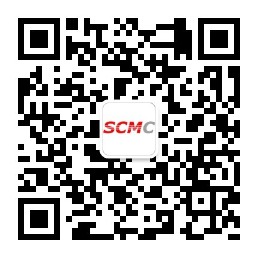Ice breakers can be an effective way of starting a training session or team-building event. As interactive and often fun sessions run before the main proceedings, they help people get to know each other and buy into the purpose of the event.
If such a session is well-designed and well-facilitated, it can really help get things off to a great start. By getting to know each other, getting to know the facilitators, and learning about the objectives of the event, people can become more engaged in the proceedings and so contribute more effectively towards a successful outcome.
But have you ever been to an event when the ice breaker session went badly? Just as a great session can smooth the way for a great event, so a bad session can be a recipe for disaster. A bad session is at best simply a waste of time, or worse an embarrassment for everyone involved.
As a facilitator, the secret of a successful icebreaking session is to keep it simple: design the session with specific objectives in mind and make sure that the session is appropriate and comfortable for everyone involved.
This article helps you think through the objectives of your session, and then suggests various types of ice breaker you might use. As a facilitator, make sure yours are remembered for the right reasons – as a great start to a great event!
When to Use Icebreakers
As the name suggests, these sessions are designed to "break the ice" at an event or meeting. The technique is often used when people who do not usually work together, or may not know each other at all, meet for a specific, common purpose.
Consider using an ice breaker when:
-
Participants come from different backgrounds.
-
People need to bond quickly so as to work towards a common goal.
-
Your team is newly formed.
-
The topics you are discussing are new or unfamiliar to many people involved.
-
As facilitator you need to get to know participants and have them know you better.
So What's the "Ice"?
When designing your ice breaker, think about the "ice" that needs to be broken.
If you are bringing together like-minded people, the "ice" may simply reflect the fact that people have not yet met.
If you are bringing together people of different grades and levels in your organization for an open discussion, the "ice" may come from the difference in status between participants.
If you are bringing together people of different backgrounds, cultures and outlooks for work within your community, then the "ice" may come from people's perceptions of each other.
You'll need to handle these differences sensitively. Only focus on what's important to your event. (Remember, you want to break some ice for your event, not uncover the whole iceberg, or bring about world peace!)
And as you move on to design and facilitate the event, it's always best to focus on similarities (rather than differences), such as a shared interest in the event's outcome.
Designing Your Ice Breaker
The key to success is to make sure that the activity is specifically focused on meeting your objectives and appropriate to the group of people involved.
Once you have established what the "ice" is, the next step is to clarify the specific objectives for your session.
For example, when meeting to solve problems at work, the objectives may be:
To establish a productive working environment for today's event with good participation from everyone involved, irrespective of their level or job role in the organization.
With clear objectives, you can start to design the session. Ask yourself questions about how you will meet your objectives. For example:
-
"How will people become comfortable with contributing?
-
"How will you establish a level playing field for people with different levels and jobs?
-
"How will you create a common sense of purpose?"
These questions can be used as a check list once you have designed the session:
Will this session help people feel comfortable, establish a level playing field, and so on?
As a further check, you should also ask yourself how each person is likely to react to the session. Will participants feel comfortable? Will they feel the session is appropriate and worthwhile?
More examples please pay attention to tomorrow wonderful!
欢迎关注及分享,更多文章请识别以下二维码关注“SCMC珂涛”或“SCMsmart"
- 还没有人评论,欢迎说说您的想法!



